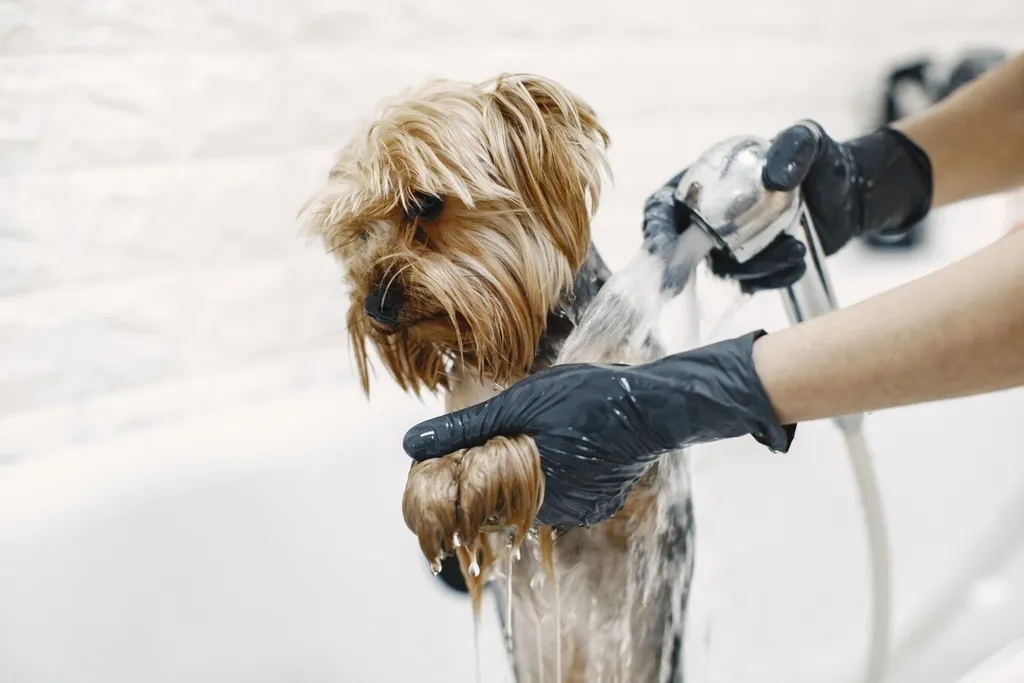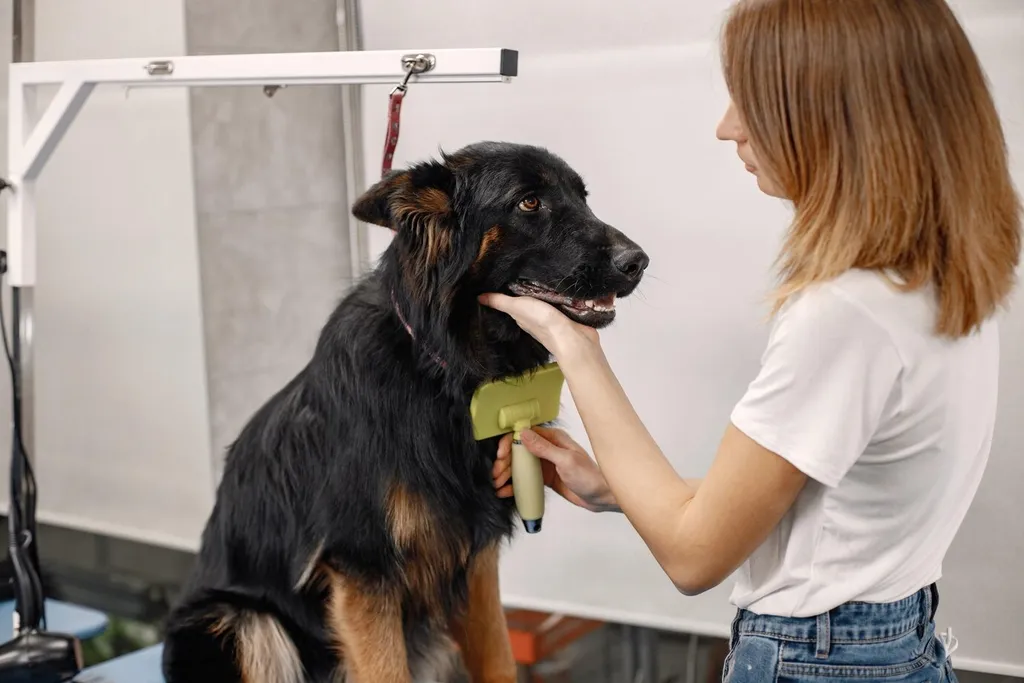Keeping your dog’s nails at a healthy length is a key part of their grooming routine. Regular trims prevent discomfort, injuries, and even joint issues. Here’s everything you need to know:
Why Regular Dog Nail Trimming Matters
- Comfort and Health: Overgrown nails can press into your dog’s toes and joints, causing discomfort and eventually leading to joint problems, especially in the hips and spine.
- Prevents Painful Breaks and Tears: Long nails are more likely to break or tear, which can be painful and prone to infection.
- Promotes Good Posture and Movement: Proper nail length allows your dog to walk and run with a natural gait, reducing the risk of long-term musculoskeletal issues.
How to Trim Your Dog’s Nails
- Choose the Right Tool: Dog nail clippers come in guillotine-style and scissor-style options. Some people prefer nail grinders for a smoother finish and gradual trimming.
- Identify the Quick: The “quick” is the sensitive part of the nail with nerves and blood vessels. Cutting it can cause pain and bleeding. For light-colored nails, the quick often appears as a pink area. For dark nails, trim small amounts until you see a whitish cross-section, indicating you’re close to the quick.
- Trim Gradually: Especially if you’re new to nail trimming, take it slow. Small, frequent cuts are safer than cutting too much at once.
- Have Styptic Powder Handy: Accidents happen. If you cut the quick, styptic powder or cornstarch can help stop bleeding quickly.
- Reward with Treats and Praise: Reinforce positive behavior by rewarding your dog with treats, praise, or a favorite toy after each trimming session.
How Often to Trim
Aim to trim your dog’s nails every 3-4 weeks. Dogs that walk frequently on pavement or hard surfaces may go longer between trims, as their nails naturally wear down. Regular maintenance also helps the quick recede, making it easier to keep nails shorter.
Alternatives to Nail Clippers
Some dogs find clippers uncomfortable and may respond better to a nail grinder. Grinders allow you to gently sand down the nail, which many dogs tolerate better than clipping. Just remember that grinding takes more time, and you still need to avoid the quick.
Tips for a Smooth Nail-Trim Session
- Start Early: Begin nail trims when your dog is young to help them get used to the process.
- Take Breaks if Needed: If your dog seems anxious, take breaks between paws or even between nails.
- Seek Professional Help if Needed: If you’re unsure about trimming your dog’s nails or if they’re particularly resistant, consider visiting a vet or groomer.
Signs Your Dog’s Nails Are Too Long
- A clicking sound when they walk on hard surfaces.
- Nails that curl or press into their paw pads.
- Reluctance to walk on hard surfaces or signs of discomfort.
With practice and patience, regular nail trimming can help keep your dog active, comfortable, and healthy!



